Want to keep your garden thriving into the cooler months? Learn how to grow a fall garden with this beginner-friendly guide featuring the 9 best crops for a productive autumn harvest. From leafy greens and root vegetables to cold-hardy favorites, discover what to plant, when to plant it, and how to keep your fall garden growing strong—no matter your space or experience level.
Welcome to the world of fall gardening, where the crisp air and vibrant colors offer a new opportunity to cultivate a bountiful harvest. As the summer heat fades away, it’s time to embrace the cooler temperatures and shift our focus to the best fall crops. In this article, I will explore the art of growing a fall garden, providing you with essential tips, advice, and guidance to ensure a successful and rewarding gardening experience. Whether you are a seasoned gardener or a beginner, get ready to learn how to make the most of the fall season and enjoy the delights of fresh, homegrown produce right from your own backyard!
This is a pinnable post. Tap or hover over any image in this post to pin to your Pinterest Boards.
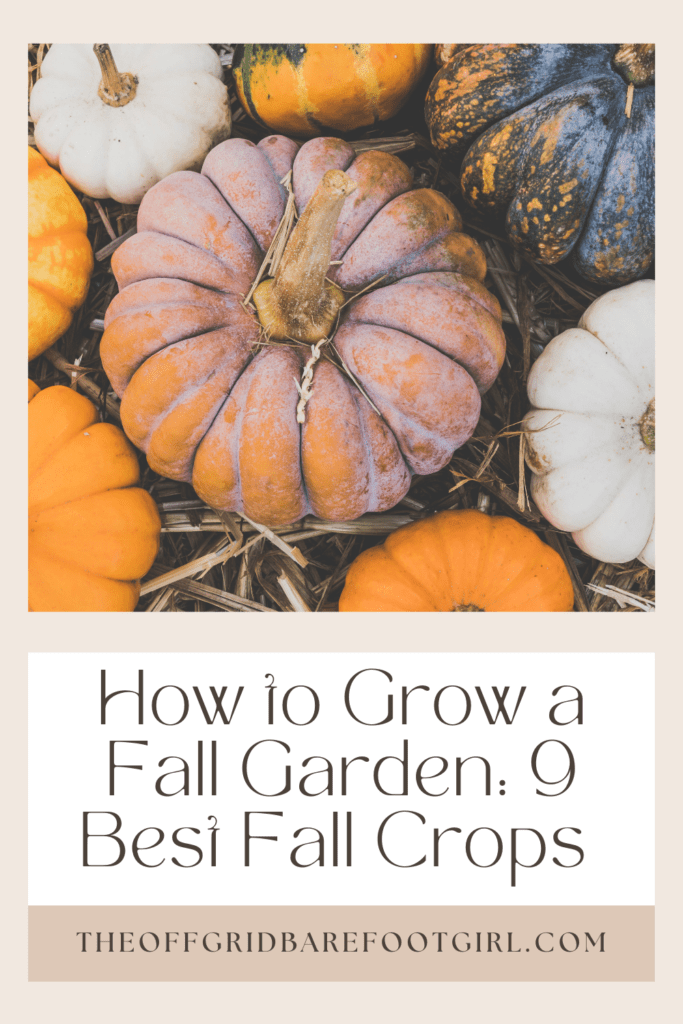
Introduction to Fall Gardening
Fall gardening is a wonderful way to extend your growing season and enjoy fresh produce well into autumn. With the right selection of crops and some planning, you can have a bountiful garden that keeps on giving even as the temperatures start to drop. Plus, there’s something incredibly satisfying about harvesting your own vegetables while wearing a cozy sweater. So, let’s get started and talk about the wonder of fall gardening and discover the benefits and factors to consider.
When you start growing a fall garden, why not take it up a notch and grow a bountiful Thanksgiving garden for your holiday feast? Visit my post to learn more about growing a Thanksgiving garden and Uncover the Secrets to Growing a Thanksgiving Feast Right in Your Backyard!
Understanding the Benefits of Fall Gardening
Fall gardening comes with a whole host of benefits. First and foremost, it allows you to maximize your garden’s potential and make the most of your growing space. Instead of leaving it bare and lonely after the summer harvest, you can continue cultivating and reaping the rewards. Additionally, fall crops tend to be less prone to pests and diseases, making your gardening endeavors a little easier. And let’s not forget the joy of having a fridge filled with fresh veggies long after the farmer’s market has closed for the season.
Factors to Consider for Fall Gardening
While fall gardening offers many advantages, there are a few factors to keep in mind.
- One of the main considerations is the days to maturity of the crops you choose. Since fall means shorter days and cooler temperatures, you’ll want to select varieties that have a shorter growing season.
- Another factor is the average frost date in your region. You’ll want to plan your planting and harvesting schedule accordingly to avoid losing your crops to an early frost.
- Lastly, consider the space and time requirements of the crops you’re interested in. Some plants may need more room to stretch their roots, and others may require regular maintenance.
Knowing these details will help you plan and prepare for a successful fall garden.
Selecting the Right Crops for Your Fall Garden
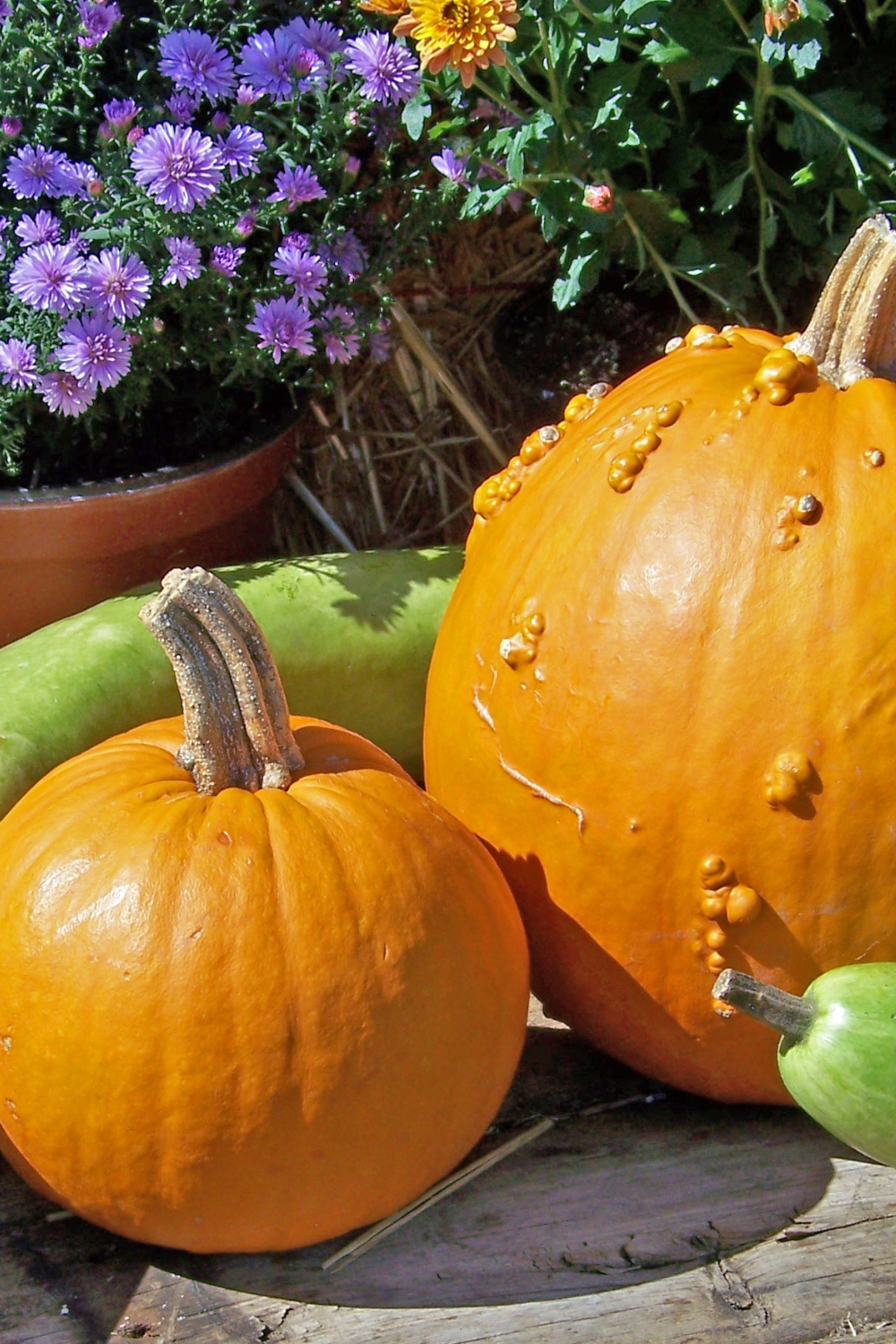
Now that you understand the benefits and factors to consider, it’s time to choose the best crops for your fall garden. The ideal selection will depend on your region, as different plants thrive in different climates. Research the best fall crops for your specific area to ensure success.
Additionally, take into account the space and time requirements of each crop. Some crops, like lettuce and spinach, are quick-growing and space-efficient, while others, like broccoli and cabbage, take a bit longer and need more room to grow. By considering these factors, you’ll be able to create a diverse and productive fall garden.
Best Fall Crops for Your Region
While the best fall crops can vary by region, there are a few staples that tend to perform well across the board. These include leafy greens like kale, Swiss chard, and arugula, which thrive in cooler temperatures. Root vegetables such as carrots, beets, and radishes are also excellent choices for fall gardening. And let’s not forget about the classic fall favorites like broccoli, cauliflower, and Brussels sprouts. Experiment with different crops to find out what works best in your specific area and tickles your taste buds.
9 Best Fall Crops to Consider
- Kale.
- Swiss chard.
- Arugula.
- Carrots.
- Beets.
- Radishes.
- Broccoli.
- Cauliflower.
- Brussel sprouts.
When planning my fall garden, I consider varieties that I know my family will eat.
Fall Vegetable Seed Collection: Grow Your Own Autumn Harvest!
This Fall Vegetable Seed Collection is perfect for late-summer planting and hearty fall harvests. With 8 packs of non-GMO, heirloom, open-pollinated seeds, you’ll enjoy cold-hardy favorites like kale, carrots, spinach, and more—ideal for crisp weather growing. Each packet includes easy-to-follow, seed-saving instructions so you can build your own survival garden season after season. Whether you’re prepping for self-sufficiency or just love fall gardening, this collection is a must-have!
Fall & Winter Seed Variety Pack – 30 Non-GMO Packs for Cold Season Gardening
Extend your growing season with this Fall & Winter Seed Variety Pack from Family Sown—perfect for both indoor and outdoor planting! With 30 individual seed packets including beets, arugula, carrots, lettuce, and more, you’ll have everything you need for a vibrant cold-weather garden. All seeds are non-GMO and ready for the season, making it an ideal choice for home gardeners, preppers, or anyone wanting to grow fresh, nutritious food year-round. Whether you’re filling raised beds or windowsill containers, this variety pack has you covered for cool-season success.
Considering Space and Time Requirements
When selecting crops for your fall garden, be mindful of the space and time they require. If you have limited garden space, opt for compact varieties or consider growing in containers. Quick-growing crops like lettuce, radishes, and baby spinach are perfect for small spaces.
On the other hand, if you have ample room and don’t mind waiting a bit longer, go for larger plants like cabbage, broccoli, and Brussels sprouts. Remember to check the days to maturity for each crop to ensure they have enough time to grow and mature before the first frost hits.
Preparing and Planning for a Fall Garden
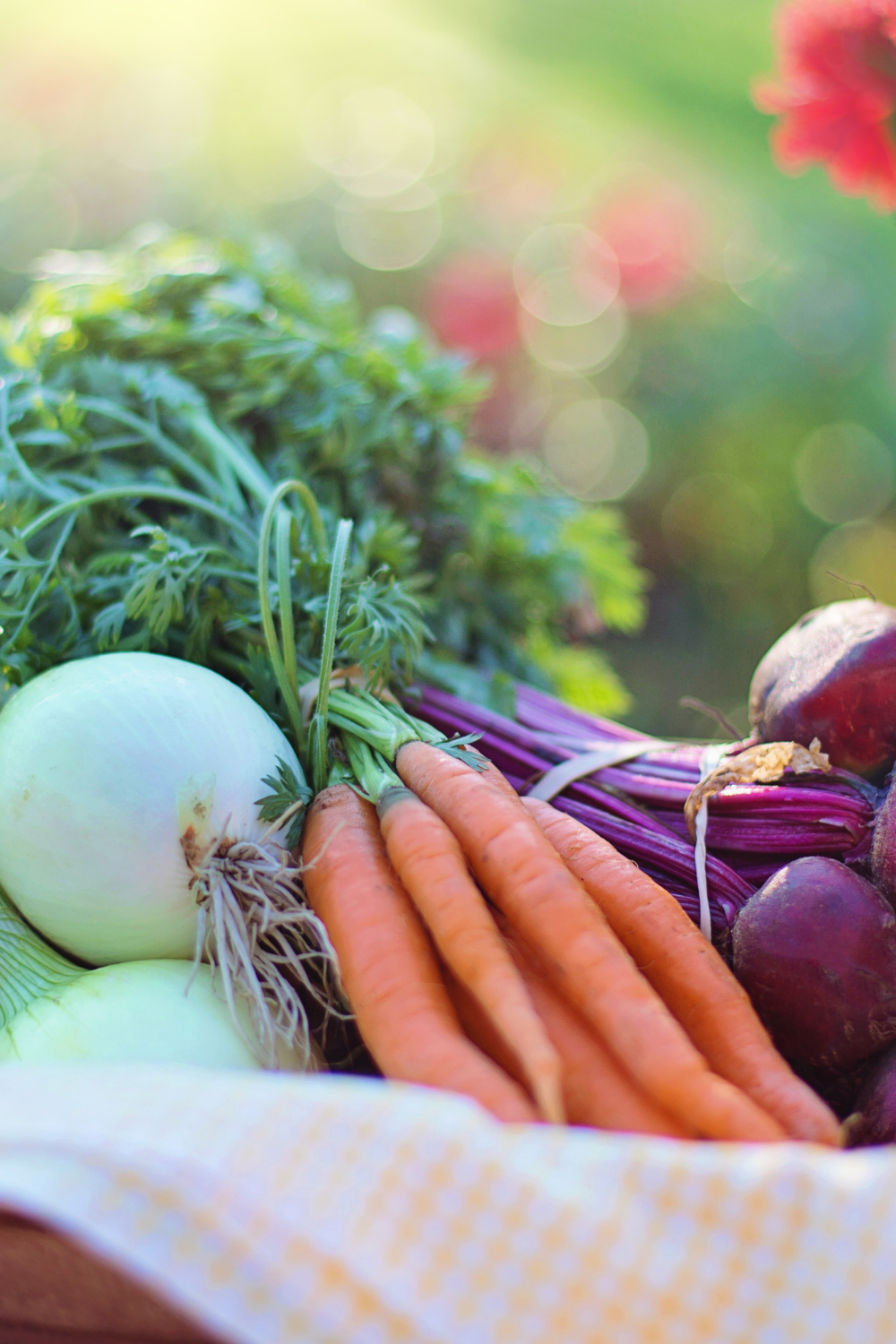
Before you start planting your fall crops, it’s important to prepare and plan your garden properly. This will set the stage for healthy plant growth and a successful harvest.
Preparing and planning for this endeavor may seem a bit daunting at first, but trust me, it’s totally doable. With a little preparation and some careful planning, your fall garden will flourish and reward you with bountiful harvests well into the cooler months!
Clearing and Cleaning Your Garden Beds
Begin by clearing out any remaining summer crops and removing weeds from your garden beds. This will help minimize competition for nutrients and reduce the risk of pests and diseases. Consider composting your plant debris to enrich your soil for future seasons.
Soil Preparation for Fall Planting
After clearing your garden beds, it’s time to prepare the soil for your fall crops. Add organic matter such as compost or well-rotted manure to improve soil structure and fertility. Consider conducting a soil test to determine if any amendments, like lime or fertilizer, are needed. Aim for a well-draining soil that retains moisture without becoming waterlogged.
Creating a Planting Schedule
To ensure a steady supply of fresh produce throughout the fall, create a planting schedule. Start by determining your region’s average frost date and counting backward to determine the ideal planting dates for each crop. Take into account the days to maturity and plan successive plantings for crops that can be staggered, like lettuce or radishes. This will help you make the most of your garden space and ensure a continuous harvest.
Planting and Transplanting Fall Crops
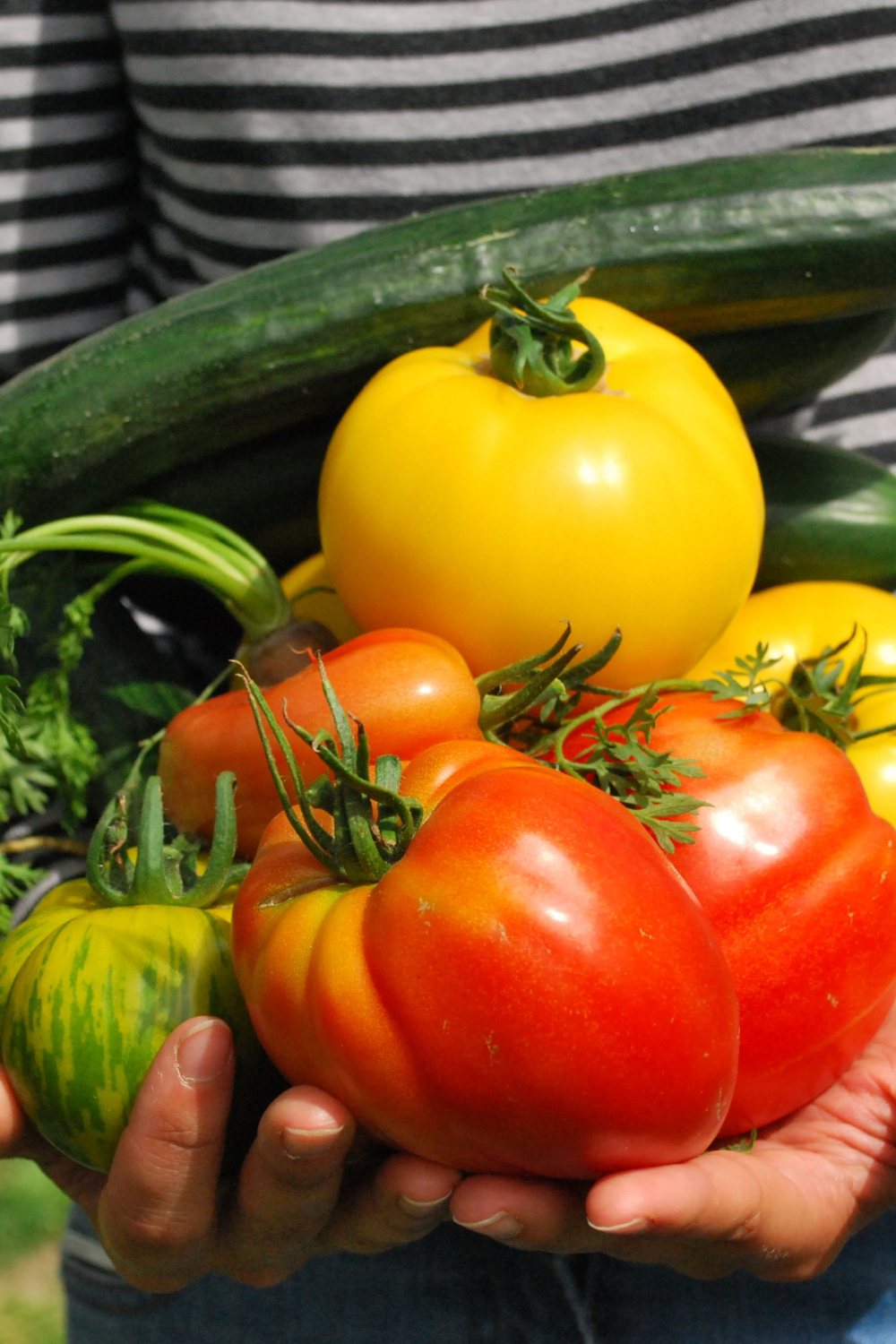
Now that your garden beds are prepped and your planting schedule is in place, it’s time to get those fall crops in the ground.
Starting Fall Crops from Seeds
For crops that can be directly sown, follow the instructions on the seed packets for proper depth and spacing. Keep the soil consistently moist until the seeds germinate, and then water as needed. Protect tender seedlings from pests and extreme weather conditions, and watch them grow into delicious vegetables.
Transplanting Seedlings into the Garden
Some fall crops, like broccoli and cabbage, benefit from being started indoors as seedlings before transplanting them into the garden. Follow the instructions on the seed packets for starting the seeds indoors. Once the seedlings are sturdy enough, usually with a few sets of true leaves, gently transplant them into your prepared garden beds. Water them well and provide some shade initially to help them acclimate to their new outdoor environment.
Proper Spacing and Depth for Planting
When planting your fall crops, ensure you follow the recommended spacing and planting depth for each specific crop. Proper spacing allows the plants to receive adequate sunlight, air circulation, and nutrients. Planting at the right depth ensures the roots have proper contact with the soil for optimal growth. Refer to seed packets or plant labels for these guidelines, and don’t be afraid to get your hands dirty as you carefully tuck those little seedlings or seeds into their new homes.
Fall Garden Care and Maintenance
Watering and Irrigation in the Fall
Just because summer is over doesn’t mean your plants don’t need hydration. Watering your fall garden is crucial to keeping those leafy greens and crisp veggies happy. However, don’t go overboard. As the temperature cools, plants require less water, so make sure to adjust your watering schedule accordingly. And remember, a well-hydrated garden is a happy garden!
Applying Fertilizer and Organic Amendments
You know what they say: feed your plants, and they’ll feed you…with a bountiful fall harvest! Applying fertilizer and organic amendments to your garden beds can do wonders for the health and productivity of your crops. Add compost, well-rotted manure, or a balanced organic fertilizer to provide your plants with the nutrients they need to thrive. Just be sure to follow the guidelines on the package and avoid overdoing it—remember, moderation is key, even in the garden.
Weed Control and Mulching
Nobody likes uninvited guests in their garden, especially those pesky weeds. As you tend to your fall garden, don’t forget to keep those weeds in check. Regular weeding will help prevent these unwanted intruders from stealing nutrients and space from your precious crops. And while you’re at it, why not give your plants a cozy blanket? Mulching your garden beds with organic materials, like straw or shredded leaves, can help suppress weed growth, retain moisture, and regulate soil temperature. It’s like giving your plants a warm hug—they’ll thank you for it!
Harvesting and Preserving Fall Crops
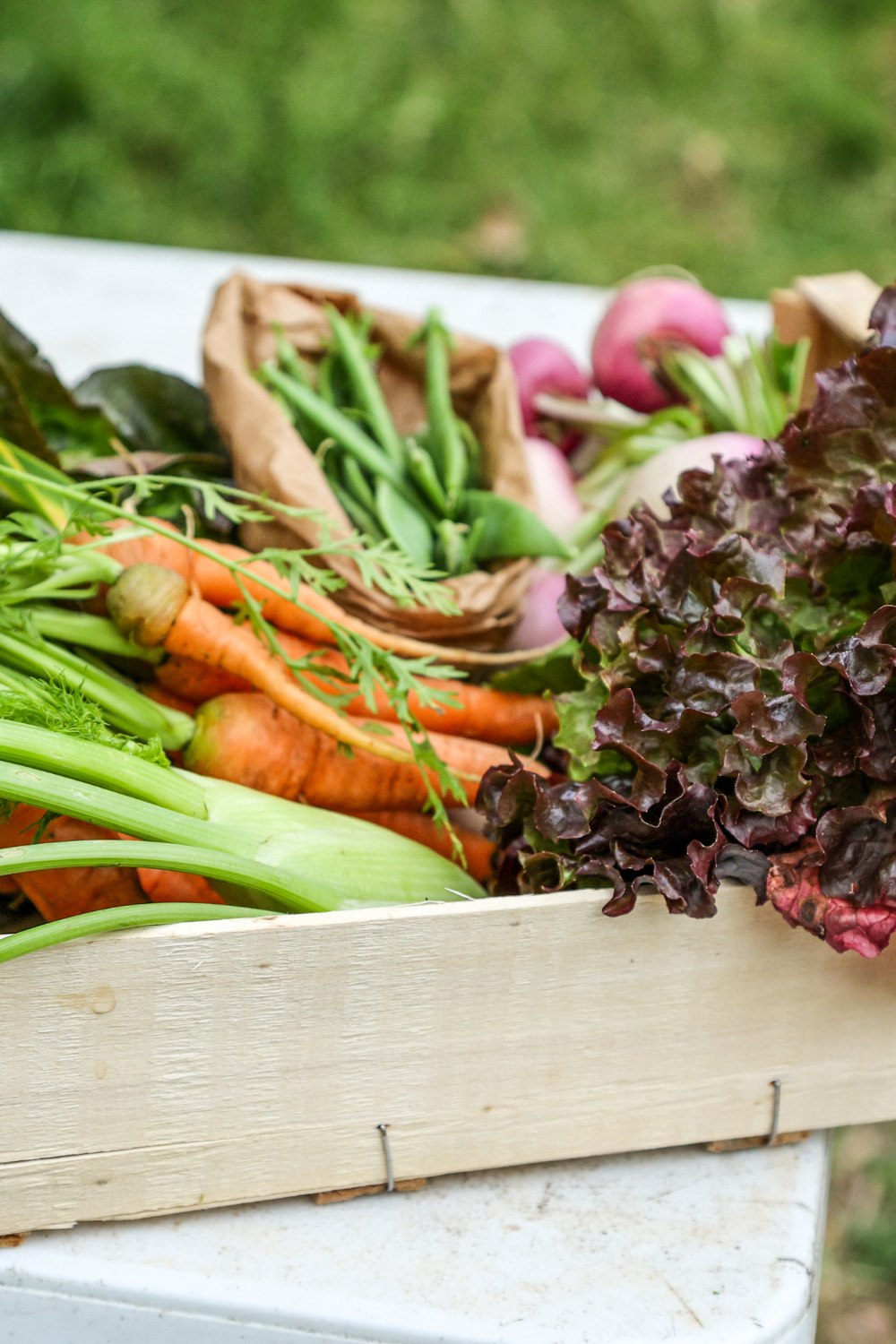
Knowing When to Harvest Fall Crops
You’ve lovingly nurtured your fall crops, and now it’s time to reap the rewards. But when exactly should you start plucking those ripe, juicy veggies? The key is knowing when they’re at their peak. Keep an eye out for signs like vibrant colors, firm textures, and overall size. Consult the seed packet or do a quick online search for specific harvest times for each crop. Trust your senses, and you’ll know just when to grab that garden bounty!
Proper Harvesting Techniques
To avoid damaging your plants, use sharp pruners or garden shears to cut or snip the mature produce from the stem. Be gentle and precise, treating each plant with the care it deserves. And remember, not all crops are harvested the same way. Some need a gentle tug, while others may require a twist or a precise cut. Take your cues from Mother Nature and give your veggies the perfect send-off from the garden to your plate.
Preserving Fall Harvest for Longevity
Congratulations, you’ve harvested the cream of the crop! But what if you have more produce than you can eat in one go? Don’t worry, you can extend the deliciousness of your fall harvest by preserving it for future enjoyment. From canning and pickling to dehydrating and freezing, there are numerous methods to choose from. Pick the one that works best for your crops and culinary preferences. So go ahead, put those preserving skills to good use and savor the taste of your fall garden well into the winter months.
Troubleshooting Common Issues in Fall Gardening
Identifying and Treating Pest Problems
Garden pests, the unwelcome guests that simply won’t take the hint. Don’t let them ruin your fall garden party! Keep a watchful eye for any signs of pest infestation, whether it’s nibbled leaves, holes, or mysterious trails. Identify the culprits early on and take swift action. There are many organic methods to combat pests, such as introducing beneficial insects, using homemade pest sprays, or even employing clever deterrents. Remember, a little proactive pest control goes a long way in protecting your precious crops.
Dealing with Common Diseases in Fall Gardens
Just like humans, plants can fall victim to diseases. But fear not, you can help your garden fight off these fungal or bacterial foes! Prevention is key, so start by selecting disease-resistant varieties when planning your fall garden. Provide adequate spacing between plants for proper air circulation and remove any infected plant material promptly. And don’t forget, a healthy plant is a strong plant, so make sure to follow good cultural practices, like proper watering and avoiding excess nitrogen, to keep diseases at bay.
Addressing Environmental Challenges
Mother Nature can be a tricky mistress, throwing all sorts of challenges our way. From sudden temperature drops to unexpected frosts, she keeps us on our toes. Protect your fall garden from these environmental curveballs by having a plan in place. Cover your delicate crops with row covers or use cold frames and hoop houses to provide a cozy haven. Keep an eye on the weather forecast and be prepared to take action if necessary. Remember, resilience is the name of the game when it comes to gardening in unpredictable conditions.
Tips for Success in Growing a Fall Garden
Extending the Fall Growing Season
Who says the growing season has to end with the arrival of fall? With a little ingenuity, you can extend the life of your garden and keep those fresh veggies coming. Consider using season extenders, such as floating row covers or cloches, to protect your plants from chilly temperatures. You can also start your fall garden earlier by sowing seeds indoors and transplanting them once they’re established. Embrace the spirit of fall—innovate, adapt, and keep that garden growing!
Maximizing Space and Yield in Fall Gardens
Space may be a premium in your fall garden, but that doesn’t mean you can’t have an abundance of crops. Think vertically! Take advantage of trellises, arbors, and plant supports to grow climbing vegetables like beans or cucumbers. Interplant compatible crops to make the most of every nook and cranny. And don’t forget about succession planting—once you harvest one crop, quickly sow another in its place. With a little strategic planning, your fall garden will be bursting with deliciousness.
Best Practices for Fall Gardeners
Fall gardening, my friend, is a delightful journey full of surprises and rewards. To make the most of it, keep these best practices in mind. Start with healthy soil—it’s the foundation of your garden’s success. Rotate your crops to prevent soil-borne diseases and nutrient depletion. Embrace diversity by growing a variety of crops to ensure a robust harvest. And most importantly, enjoy the process! Fall gardening is a chance to connect with nature, indulge your green thumb, and revel in the joys of a vibrant and fruitful garden.
As you progress on your fall gardening journey, remember that patience, diligence, and a little bit of experimentation are key. With the right crops, proper planning, and attentive care, you can create a thriving fall garden that will provide you with a rich harvest and a sense of fulfillment. Embrace the beauty of autumn and enjoy the rewards of your hard work as you savor the flavors and freshness of homegrown fall crops.
Now that you’re armed with the knowledge of fall gardening and the best crops to grow, it’s time to roll up your sleeves and get planting. Embrace the crisp air, enjoy the satisfying process, and let the magic of a fall garden unfold before your eyes!
Conclusion
Growing a fall garden is one of the best ways to stretch your harvest season and keep fresh, homegrown food on the table—even as the days grow shorter. With the right seed packs, like the ones we’ve highlighted here, you can plant with confidence and enjoy crops that thrive in cool weather. Whether you’re prepping for self-sufficiency, stocking your pantry, or simply enjoying the rhythm of seasonal growing, fall is the perfect time to dig in. So grab your seeds, roll up your sleeves, and make this autumn your most abundant yet!
Resources: Here are some helpful resources for further information.
- What to Plant Now for a Fall Vegetable Garden – By A Way to Garden
- What to Plant Now for the Fall Vegetable Garden – By Joe Gardener
- Best Vegetables to Plant In a Fall Garden – By The Old Farmer’s Almanac
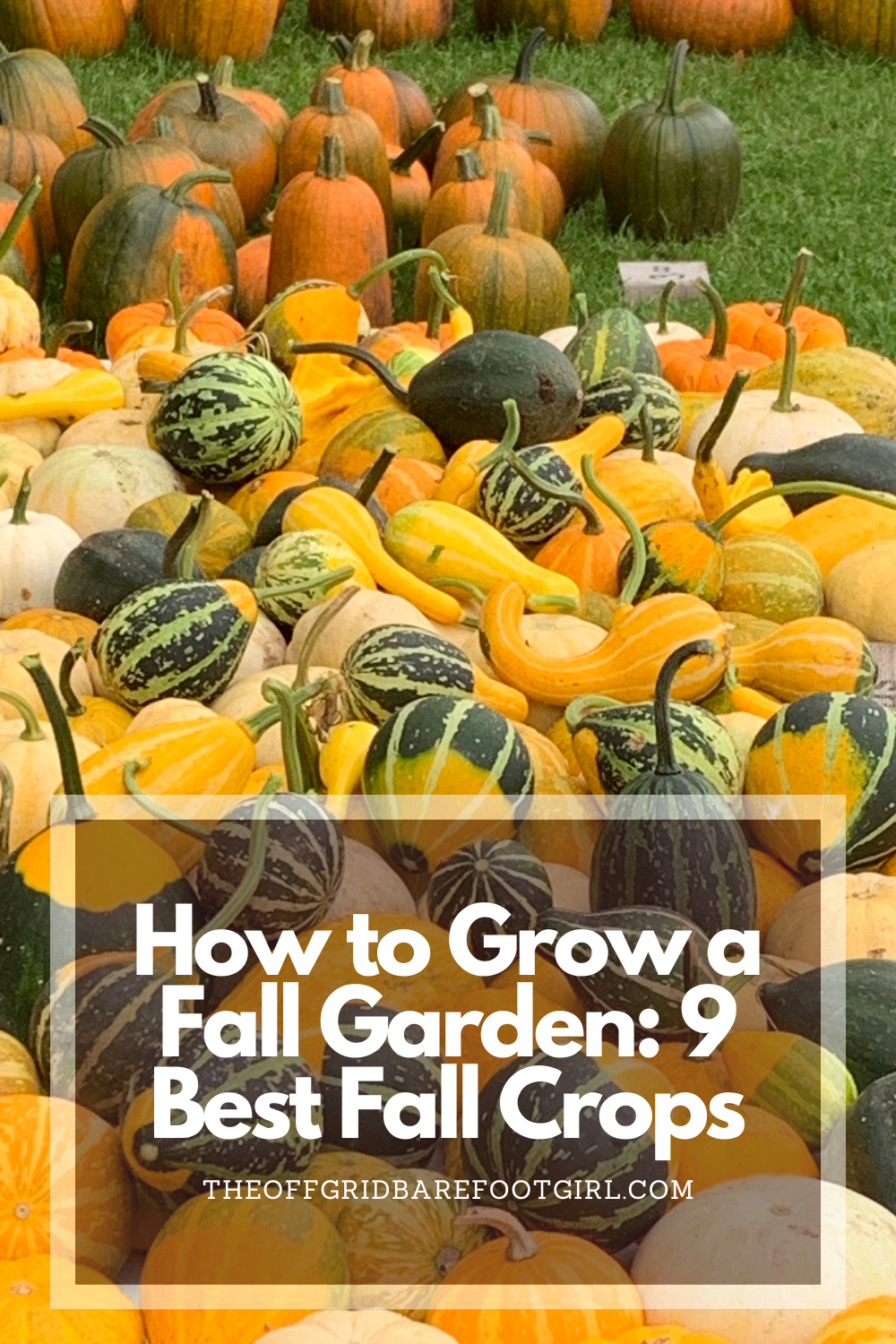
Frequently Asked Questions
1. Can I start a fall garden if I live in a region with mild winters?
Absolutely! Even if you live in an area with milder winters, you can still have a successful fall garden. Look for crops that are suitable for your specific climate and pay attention to their temperature and light requirements. Consider using protective covers or row covers to extend the growing season and protect your crops from frost.
2. How do I determine the best time to harvest my fall crops?
The optimal time to harvest fall crops varies depending on the specific crop you are growing. Generally, you can refer to the seed packet instructions or consult gardening resources for guidance on when to harvest. Additionally, pay attention to visual cues such as changes in color, size, or firmness of the produce. Regularly check the maturity of your crops and harvest them when they are at their peak flavor and texture.
3. Can I save seeds from my fall crops for next year?
Yes, saving seeds from your fall crops is a great way to continue growing them in the following seasons. However, not all plants produce viable seeds or may require specific techniques for saving. Research the seed-saving guidelines for each crop you wish to save seeds from. Ensure that the seeds are properly dried and stored in a cool, dry place for best results.
4. What can I do to prevent pests and diseases in my fall garden?
Preventing pests and diseases in your fall garden starts with good garden hygiene and regular monitoring. Keep your garden clean by removing any debris, weeds, or fallen leaves that can harbor pests or diseases. Implement proper spacing and good airflow between plants to reduce the risk of fungal infections. Consider natural pest control methods such as companion planting, applying organic insecticides, or using physical barriers like netting or row covers to protect your crops.
Summary
I hope I have inspired you to start growing a fall garden of your own with these tips and products.
If you were encouraged by this post, I invite you to check out my FREE Self-Sufficiency Academy for fun free printables, planners, and charts.
ENTER MY FREE SELF-SUFFICIENCY ACADEMY HERE
Here are some more of my composting and gardening inspiration posts to check out!
Clever Ways to Incorporate Indoor Composting into Your Home
How to Start Composting for the Garden: A Step-by-Step Guide
The Ultimate Guide to Composting in Your Suburban Backyard
Why I Built A Survival Garden in My Backyard
How to Grow A Foodscape Garden From Scratch
16 Best Medicinal Herbs to Grow in Your Garden Now
Blessings,
The Off Grid Barefoot Girl





Thanks for sharing. I read many of your blog posts, cool, your blog is very good.
Thank you!!